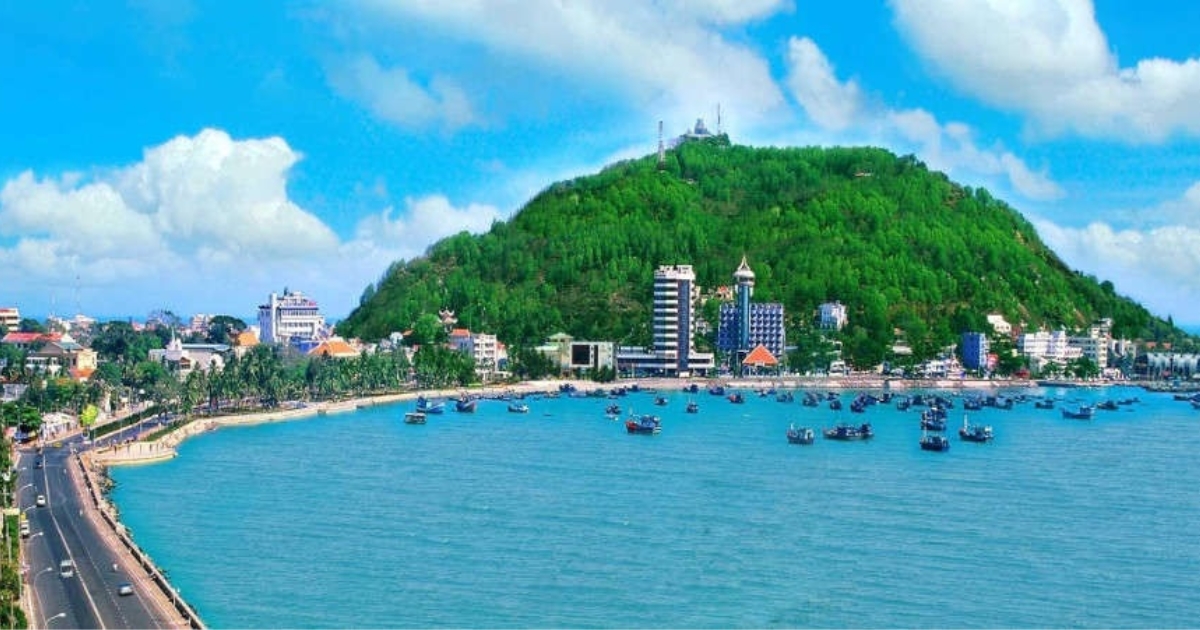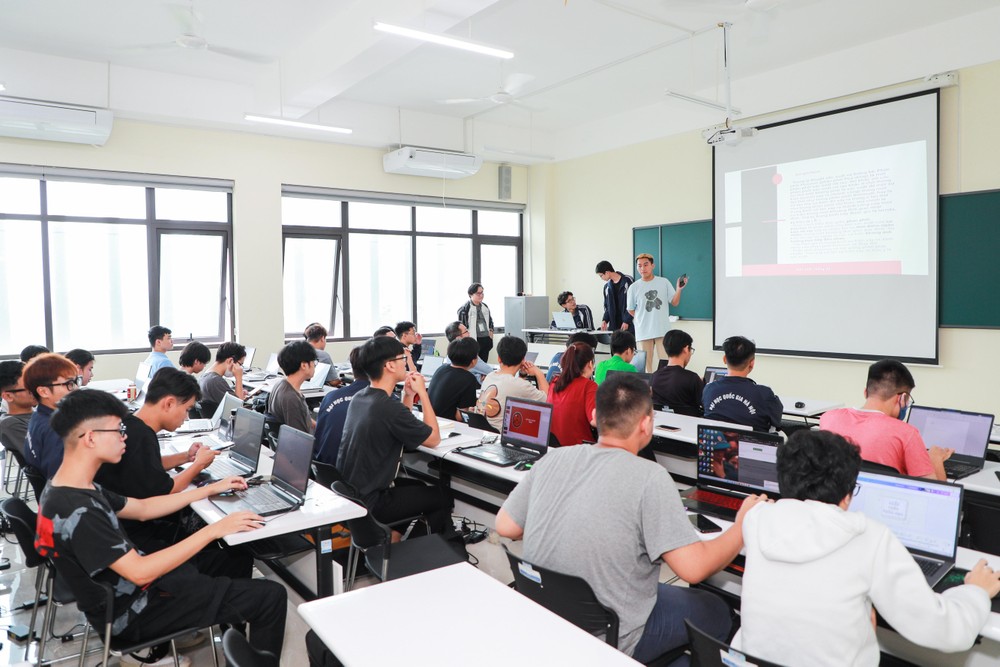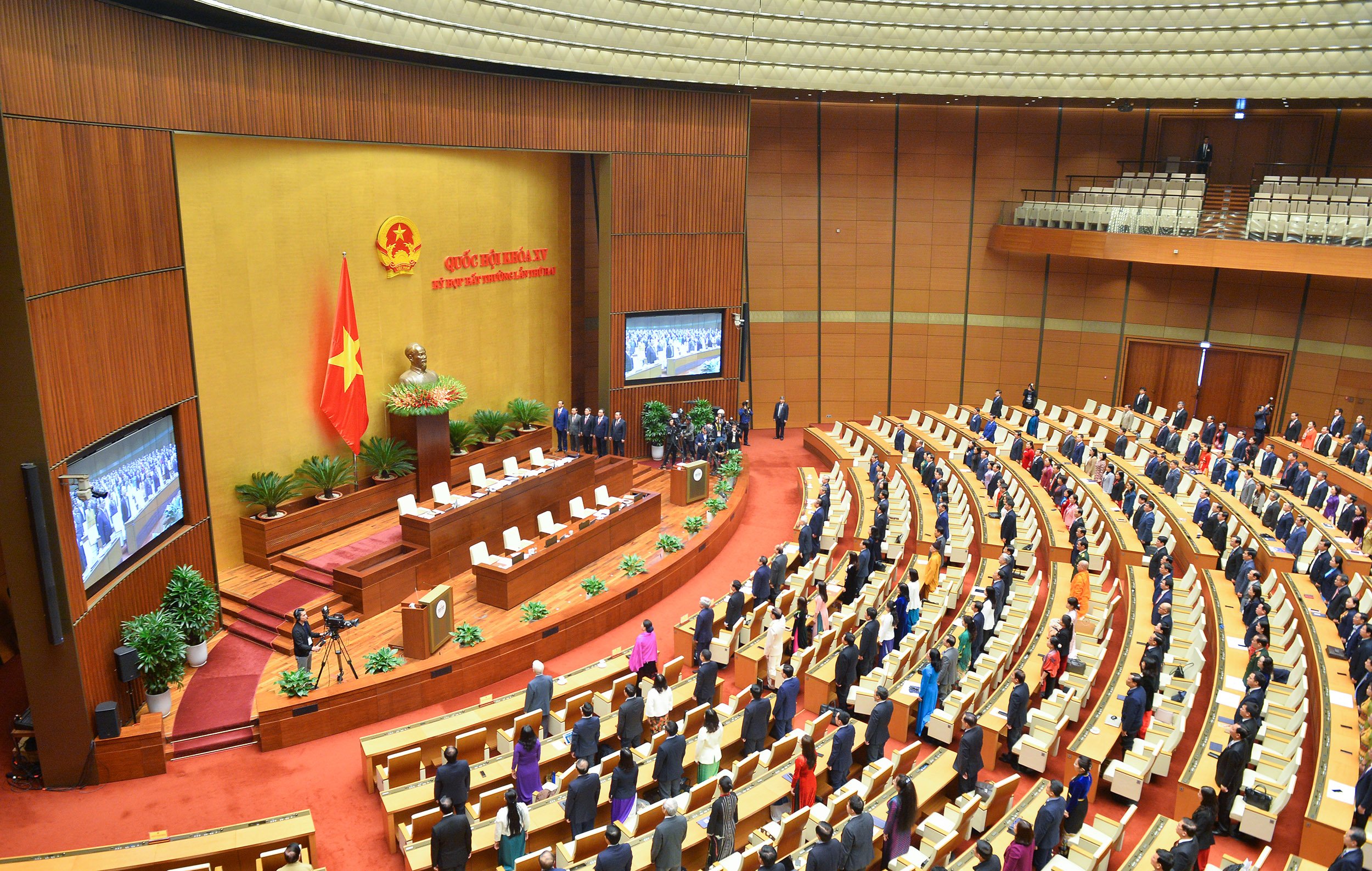National marine spatial planning in Vietnam for the period 2021 - 2030, vision to 2050
The article below will provide the content of the National marine spatial planning in Vietnam for the period 2021 - 2030, vision to 2050

National marine spatial planning in Vietnam for the period 2021 - 2030, vision to 2050 (Image from the internet)
On June 28, 2024, the National Assembly passed Resolution 139/2024/QH15 on National Marine Spatial Planning for the period 2021-2030, with a vision to 2050.
National marine spatial planning in Vietnam for the period 2021 - 2030, vision to 2050
The National Assembly of Vietnam promulgates the National Marine Spatial Planning for the period 2021-2030, with a vision to 2050 with the following objectives by 2030:
(1) General objectives
Establish a foundation for the rapid and sustainable development of the marine economy, contribute to forming and developing strong marine economic sectors, create many effective livelihoods for the people; ensure national defense, security, foreign relations, and international cooperation, maintain independence, sovereignty, sovereign rights, jurisdiction, and national interests at sea; efficiently manage and exploit resources, protect the environment, conserve biodiversity, and marine cultural values, gradually making Vietnam a strong and prosperous maritime nation.
(2) Specific objectives
To allocate, manage effectively, and minimize conflicts in the exploitation and use of marine space to achieve sustainable development goals in marine economy, culture, society, environmental protection, marine conservation, scientific and technological development, ensuring national defense, security, foreign relations, and international cooperation, specifically:
- Regarding the marine economy: Contributing to the marine-oriented economic sectors accounting for about 10% of the national GDP; the economy of 28 coastal provinces and cities achieving 65% to 70% of the national GDP; the average per capita income of coastal provinces and centrally governed cities being at least 1.2 times higher than the national average per capita income; expanding islands in places with suitable conditions; developing a coastal urban system, prioritizing the development of cities in coastal river mouth areas, islands associated with the comprehensive development of marine economic sectors; harmoniously and reasonably distributing and synchronizing modern technical and social infrastructure in accordance with the green economy model, ecological urban areas, and smart cities; building and replicating coastal economic zones, ecological industrial zones to the circular economy, green economy, low-carbon economy, and high resilience, associated with forming and developing strong marine economic centers, promoting regional linkage;
- Regarding culture and society: Contributing to achieving a higher Human Development Index (HDI) in coastal provinces and centrally-run cities than the national average; ensuring that inhabited islands have basic socio-economic infrastructure, especially electricity, freshwater, communication, healthcare, education; continuing to consolidate and develop marine culture, building a society that is cohesive and friendly with the sea;
- Regarding environmental protection and marine conservation: Effectively managing and protecting marine and island ecosystems, controlling marine resource exploitation within the regenerative capacity and load-bearing capacity of marine ecosystems. Increasing the area of marine and coastal protected zones to at least 6% of the national marine area; continuing to restore mangroves. Preventing, minimizing, and controlling marine environmental pollution, particularly ocean plastic waste; preventing, avoiding, and mitigating the impacts of natural disasters, effectively responding to climate change and sea level rise, contributing to achieving Vietnam's commitment at the 26th United Nations Climate Change Conference (COP 26) to net zero emissions by 2050;
- Regarding science and technology: Ensuring that Vietnam's marine science and technology ranks among the leading countries in ASEAN, with some areas reaching advanced and modern levels globally; basic marine resources and environment surveys covering at least 50% of Vietnam's marine area at a map scale of 1:500,000 and detailed surveys in key areas; applying space technology and artificial intelligence in marine environmental monitoring, forecasting, and warning about natural disasters, earthquakes, tsunamis, climate change, and sea level rise; innovating technology and activities for marine resource exploitation and use for sustainable socio-economic development;
- Regarding national defense, security, foreign relations, and international cooperation: Maintaining a peaceful and stable environment; ensuring independence, sovereignty, sovereign rights, jurisdiction, and national interests at sea; combining national defense, security with socio-economic development; expanding foreign relations, strengthening international cooperation, actively participating and contributing positively to the international community's joint efforts in the conservation, exploitation, and sustainable use of the sea and oceans; maximizing international support and assistance to enhance the capacity for sustainable marine resource management, exploitation, and use.
More details can be found in Resolution 139/2024/QH15 passed on June 28, 2024.
- Research on banking services exclusively for the consumer sector in Vietnam
- Development of human resources to advise on law-making in Vietnam until 2030
- Ministry of Health's request regarding strengthening the implementation of measures for the prevention and control of measles in Vietnam
- Land use plan for Information and communication infrastructure planning period 2021-2030, vision to 2050 in Vietnam
- List of annulled administrative procedures under the management of the Ministry of Education and Training of Vietnam
- Parents in Vietnam must commit not to provide motorcycles to their children not having a driver's license for the school year 2024-2025
-

- Prohibited acts of accreditors of higher education ...
- 13:00, 31/08/2024
-

- Criteria for assessment of construction of safe ...
- 12:30, 31/08/2024
-

- Research on banking services exclusively for the ...
- 12:00, 31/08/2024
-

- Development of human resources to advise on law ...
- 11:30, 31/08/2024
-

- Guidance on allocating merit money excluding purposeful ...
- 11:00, 31/08/2024
-

- Prohibited acts of accreditors of higher education ...
- 13:00, 31/08/2024
-

- Criteria for assessment of construction of safe ...
- 12:30, 31/08/2024
-

- Research on banking services exclusively for the ...
- 12:00, 31/08/2024
-

- Development of human resources to advise on law ...
- 11:30, 31/08/2024
-

- Guidance on allocating merit money excluding purposeful ...
- 11:00, 31/08/2024

 Article table of contents
Article table of contents
